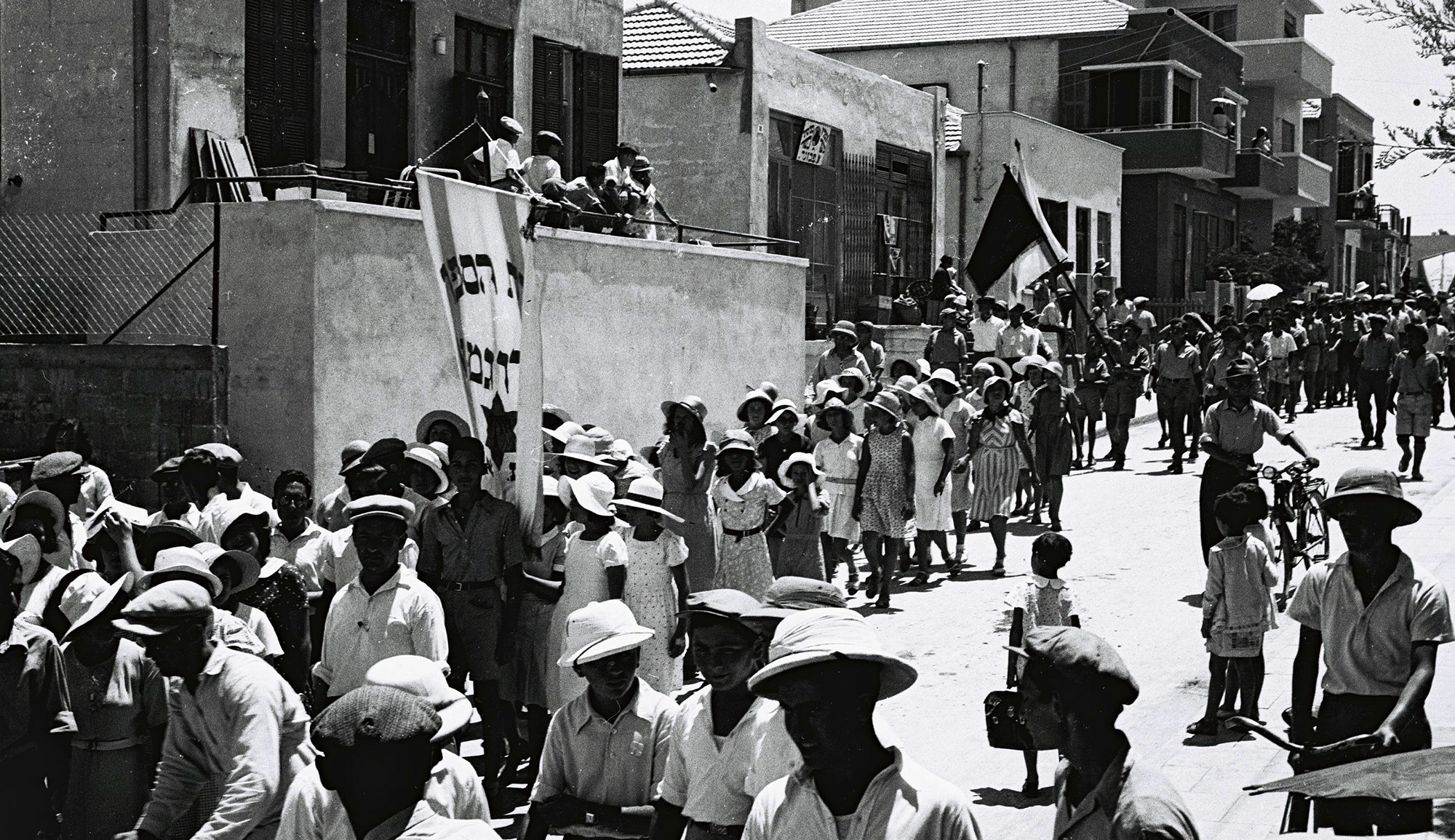First published in 1929, Ursula Parrott’s Ex-Wife was a major commercial success, which MGM quickly adopted as the film The Divorcee. Its narrator and protagonist, Patricia, is a young woman who finds out—not unlike many young people today—that the revolt against traditional morality isn’t all it’s cracked up to be:
Patricia writes ad copy and is making her way up in the world of fashion-magazine publishing in New York City. At nineteen, she met Peter, a career-focused newspaper reporter, and they married. . . . The couple move to Greenwich Village, [and] struggle for a bit to make ends meet before becoming financially secure. Their lives are much taken up with parties and the alcohol-fueled sexual freedom of the time. Yet the supposed sophistication and egalitarianism of their generation break down when met with reality. Peter sleeps with another woman and tells Patricia. “He and I were very definitely committed to the honesty policy,” she tells us. “I made no scene about it—and I never felt about Peter, after, quite as I had before.”
A few months later she returns the favor with a close friend of Peter, then . . . discovers that “all the theories about the right to experiment and the desirability of varied experience—theories that had seemed so adequate in discussing the sexual adventures of acquaintances—were no help at all when the decision concerned Peter and me.”
After the ensuing divorce, she goes on to discover the disappointments of what would now be dubbed “hook-up culture.” To Michael Weingrad, Ex-Wife, “for all its occasional sentimentality, is shot through with wit, social critique, sexual anthropology, and passages of deft lyricism.” Weingrad also considers the patrician author’s numerous Jewish characters:
Ex-Wife is also a New York novel. One of its more interesting aspects in this regard is its treatment of Jews, who made up more than a quarter of the city’s population in the 1920s, and are referenced in three of the book’s episodes. . . . In each case the Jewish character is connected with the dislocation, vulnerability, and loss Patricia experiences after the collapse of her marriage.
Yet the largely unjudgmental and even, in two out of three cases, sympathetic treatments of these characters, constitute a difference from New York novels that use Jews as markers of social upheaval, such as Edith Wharton’s The House of Mirth with its strangely sympathetic parvenu Simon Rosedale, or the crude Jewish stereotype in [Jay] McInerney’s Bright Lights, Big City, one of that novel’s anxious laments over the passing away of the WASP establishment. The Jews in Ex-Wife, by contrast, are neither crude stereotypes nor a cultural index, even if they owe their presence in the book to the narrator’s personal chaos.
More about: Divorce, Jews in literature, Sexual revolution


